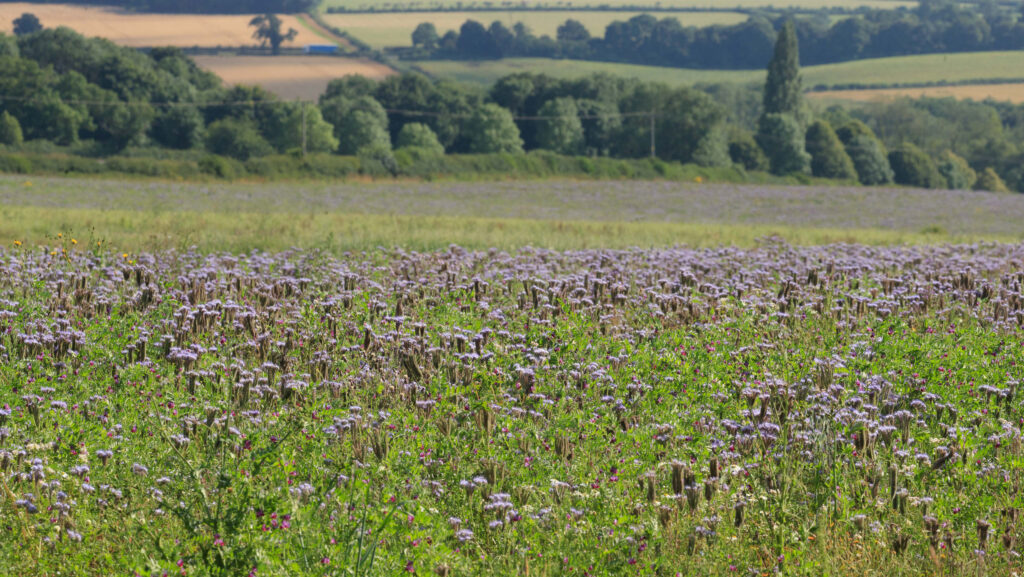Opinion: What will the regenerative farming ‘standard’ be?
 © Tim Scrivener
© Tim Scrivener I was asked to speak at a local sustainability group’s monthly meeting earlier this year. They are an active bunch, caring for common spaces, planting trees with permission, and generally doing what they can to impact less.
They were screening an American film about regenerative farming, voiced by the guy from the 1980s TV show, Cheers.
See also: Opinion – my knowledge of wild flowers grows with biodiversity project
I watched the film along with 70 members of the group.
They were interested in this new way of farming (although much of it is very old) and keen to know what I thought as a local farmer.
I was complimentary of the focus on soil health, biodiversity, rotations and the use of livestock for fertility within the system.
The people in the film were enthusiastic to a truly “American” degree, and I fully believed that they wanted to make a difference.
What I didn’t understand about the film was that it avoided the issue of pesticides and herbicides in the farming practice.
Their tillage method was certainly based on spraying-off their leys prior to cultivations, yet it was as if that didn’t have to happen.
When I mentioned that to the group, much of the enthusiasm for the film’s message dropped off – people didn’t like it.
I see Reading University has published a paper that questions the legitimacy of using regenerative farming as a term and as a standard by which to judge a farming system.
It is at pains to point out that regenerative farming is contributing positively, but its lack of regulation, definition and enforceability creates a space for interpretation and possibly exploitation.
As with the film’s selective editing, the rules are not as clear as they could be.
Perhaps big corporations find a fitting opportunity because of the malleable definition of regenerative farming.
Supermarkets and fast-food businesses are beginning to engineer and demand regenerative supply chains.
I met a sustainability consultant in the summer and quizzed her about a fast-food chain going to a “regenerative supply chain”. She provided a one-word answer – shareholders.
Presumably a regenerative supply chain legitimises the profit somehow.
I’m all for the market, but its demand for sustainability and the checkboxes it dreams up to satisfy it may not present the most rigorous and coherent approach for a significant sector of agriculture.
There are plenty of regenerative farmers who have fully engaged in a holistic approach to managing their farms.
Building soil, improving fertility through rotational grazing, improving carbon and water cycles are among the many benefits.
There is a lot to learn from those farms and farmers. Is that the case for all regenerative farms? How could we ever tell?
In contrast, as we are in Organic September, according to the Soil Association, organic farming is a sustainable system of farming that is recognised internationally as contributing to the UN’s Sustainable Development Goals.
It is regulated and enforceable. It has drawbacks: it releases more carbon because of the deeper tillage required in the absence of chemicals; the yields are lower; the product is more expensive; and its standards provide only so much flexibility – it takes work to maintain.
Having said that, there is no room for selective editing. If you are buying certified organic produce then you are getting produce that adheres to a standard and is free from synthetic chemicals.
As for regenerative farming, we don’t yet know what that standard means.

